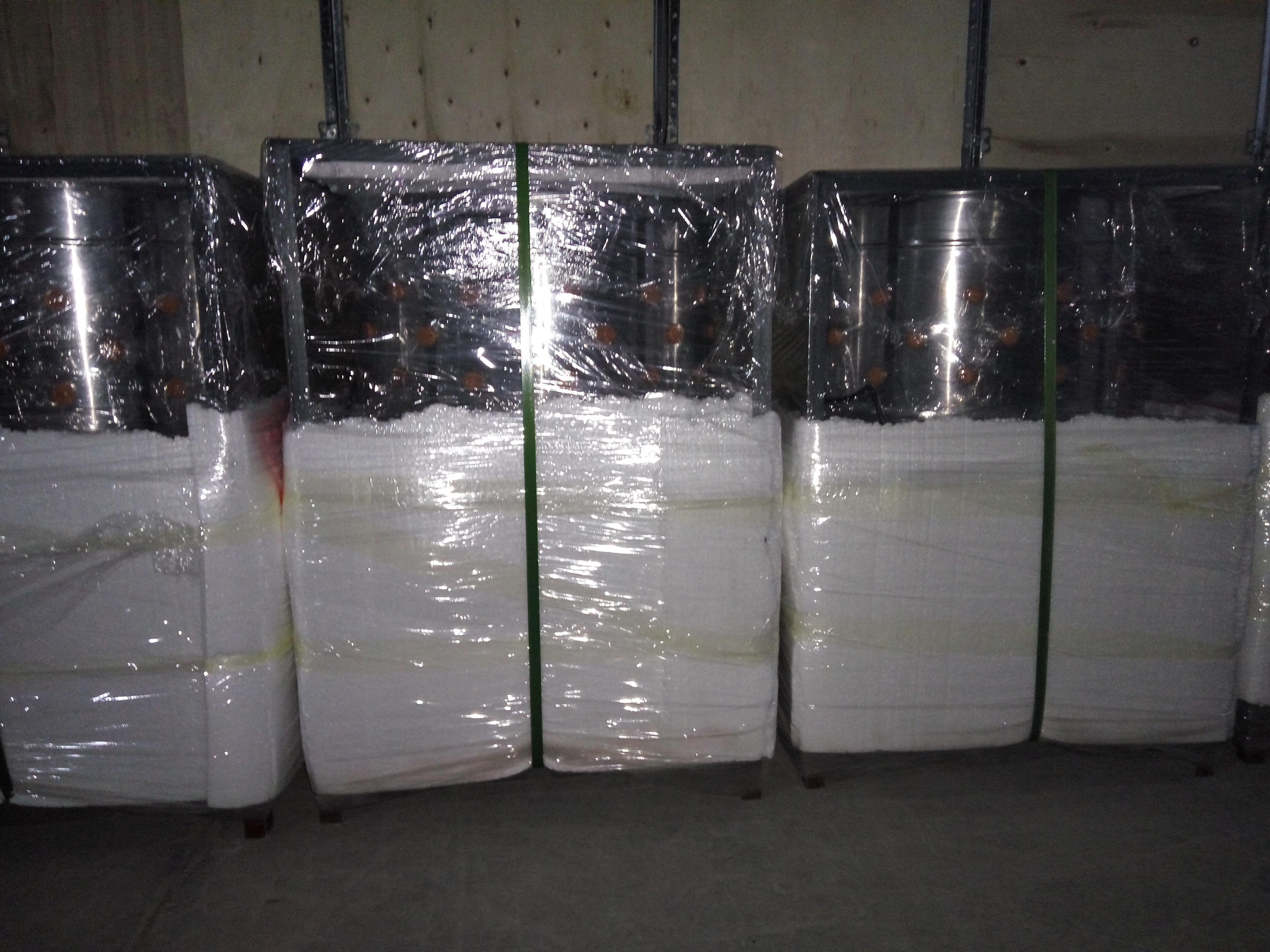Optimal Housing Solutions for Layer Chickens in Poultry Farms
Dec . 01, 2024 06:39 Back to list
Optimal Housing Solutions for Layer Chickens in Poultry Farms
Layer Chicken Cage Advancements in Poultry Farming
The poultry industry has witnessed significant transformations over the years, particularly in the way chickens are raised for egg production. One of the most notable advancements is the introduction of the layer chicken cage system. This innovative method has been designed to optimize the efficiency and productivity of egg-laying hens while addressing welfare concerns in poultry farming.
What is a Layer Chicken Cage?
A layer chicken cage is a specialized enclosure used to house hens that are raised primarily for egg production. These cages can vary in size and design, but they generally feature multiple tiers stacked vertically, allowing for a high-density arrangement of birds without compromising the hens' access to essential resources. Layer cages are equipped with perches, feed troughs, water dispensers, and egg collection systems, creating an environment that caters to the birds' fundamental needs while maximizing space usage.
Advantages of Layer Chicken Cages
1. Space Efficiency One major advantage of layer chicken cages is their ability to maximize space. By stacking cages vertically, poultry farmers can accommodate more hens in a smaller footprint. This density is especially beneficial for large-scale operations looking to increase production without expanding their physical space.
2. Improved Hygiene Layer cages are designed to facilitate better waste management. Manure is collected automatically or in a systematic way, reducing the risk of disease spread among the flock. This controlled environment also minimizes the exposure of hens to pathogens, contributing to overall flock health.
3. Consistent Egg Production Layer chicken cages promote consistent egg production by providing an environment that helps reduce stress. Hens raised in these cages often experience fewer disturbances and have access to controlled lighting and feeding schedules, which can lead to improved laying rates.
4. Enhanced Monitoring With the use of technology, modern layer chicken cages can be equipped with monitoring systems that track the health and productivity of hens. Farmers can monitor egg production, feed consumption, and overall bird health more effectively, allowing for timely interventions when necessary.
layer chicken cage

Welfare Considerations
Despite the advantages of layer chicken cages, the method has faced criticism regarding animal welfare. Critics point out that confinement can lead to behavioral issues and chronic stress in hens. To address these concerns, many manufacturers and farmers are shifting towards enriched cages that provide more space and amenities for the birds.
Enriched cages typically allow for natural behaviors such as nesting, perching, and dust bathing, which can enhance hen welfare without sacrificing the advantages of the cage system. Additionally, many countries have enacted regulations to ensure that layer hens are raised in humane conditions, encouraging a more sustainable approach to poultry farming.
Sustainability and Efficiency
Layer chicken cage systems also support sustainable farming practices. By optimizing feed conversion rates and reducing waste, these cages help in lowering the carbon footprint of egg production. Advanced management techniques can also contribute to the efficient use of resources such as water and energy within poultry operations.
Furthermore, the ability to monitor hens' health and production in real time helps farmers make informed decisions regarding breeding, feeding, and overall flock management. This data-driven approach can lead to improvements in production efficiency and resource allocation, ultimately contributing to a more sustainable poultry industry.
Conclusion
The layer chicken cage system represents a significant advancement in poultry farming, balancing efficiency with the need for improved animal welfare. While challenges remain, ongoing innovations and regulatory efforts are making it possible to raise layer hens in a manner that addresses both economic and ethical concerns. As the industry continues to evolve, it is essential for farmers, consumers, and policymakers to work together to ensure that the future of egg production is both sustainable and humane. By embracing new technologies and practices, we can pave the way for a better tomorrow in poultry farming.
-
Hot Sale 24 & 18 Door Rabbit Cages - Premium Breeding Solutions
NewsJul.25,2025
-
Automatic Feeding Line System Pan Feeder Nipple Drinker - Anping County Yize Metal Products Co., Ltd.
NewsJul.21,2025
-
Automatic Feeding Line System Pan Feeder Nipple Drinker - Anping County Yize Metal Products Co., Ltd.
NewsJul.21,2025
-
Automatic Feeding Line System - Anping Yize | Precision & Nipple
NewsJul.21,2025
-
Automatic Feeding Line System - Anping Yize | Precision & Nipple
NewsJul.21,2025
-
Automatic Feeding Line System-Anping County Yize Metal Products Co., Ltd.|Efficient Feed Distribution&Customized Animal Farming Solutions
NewsJul.21,2025






